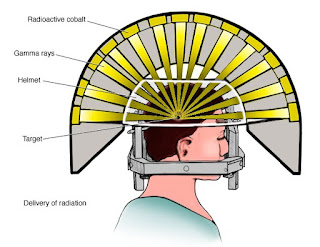We aim to compare two different stereotactic body radiation therapy (SBRT) techniques, non-isocentric CyberKnife (CK) with isocentric RapidArc (RA), more widely available treatment technique for the treatment of localized prostate cancer.
The study included six patients treated with CK then re-planned with the new version of flattening filter free (FFF) RA and CK. The prescription dose was 36.25 Gy in five fractions. The two SBRT techniques were compared by target coverage, normal tissue sparing, dose distribution parameters and delivery time.
The RA technique exhibited comparable PTV coverage and better bladder and rectum sparing at high doses. The conformity and homogeneity indices of the RA were better and statistically significant than the CK plans.







